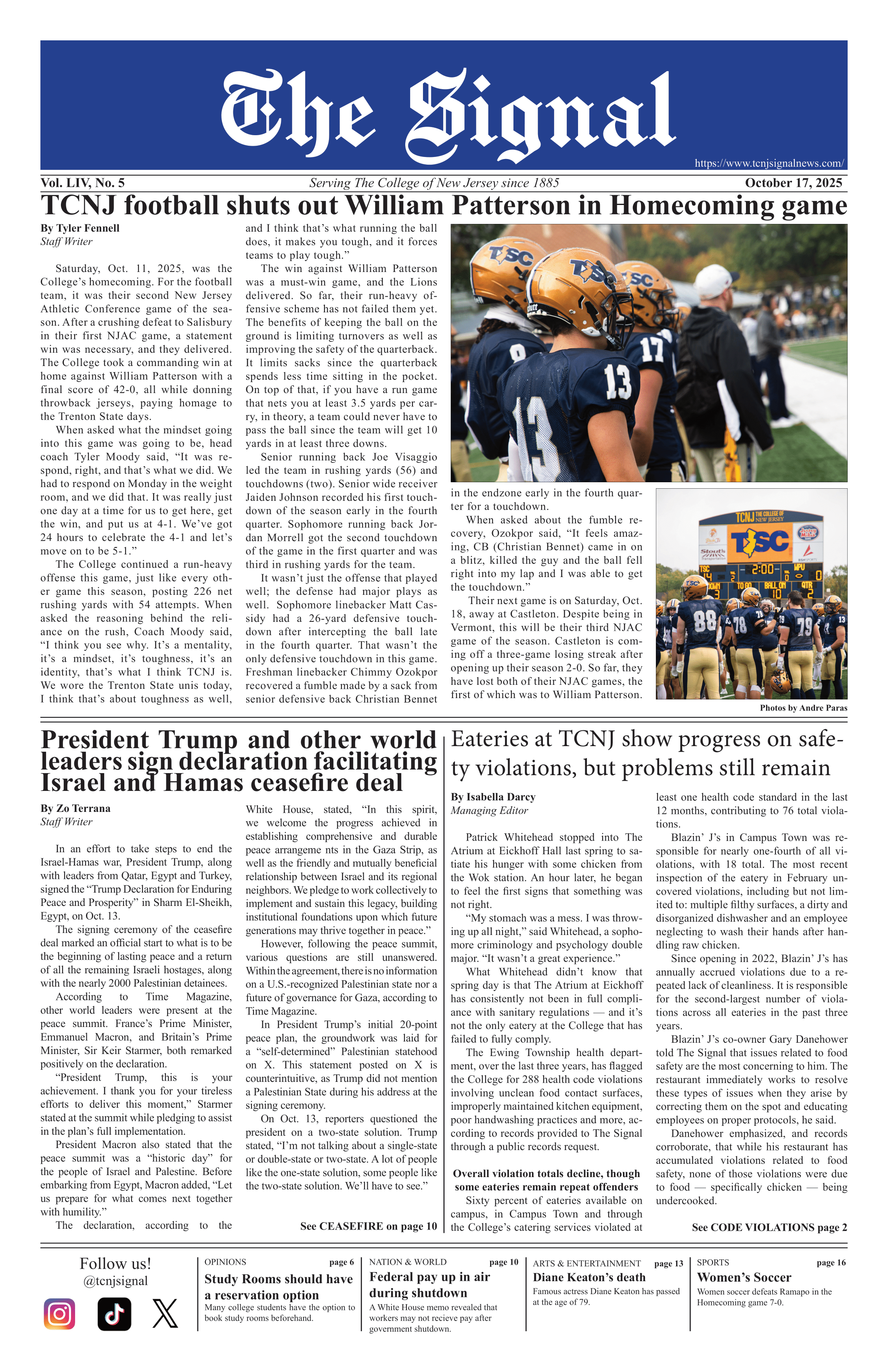That time of year is upon us again. Flowers are blooming, birds are chirping … and your nose is running, and your eyes are so itchy you’re fairly certain that you’re going to be scratching your cornea sooner than later. Say “aloha” to allergy season. Springtime allergies are triggered by pollen, miniscule grains released into the air by weeds, grasses and trees as a means of fertilization. When pollen enters the nose of an individual who is allergic, the immune system is sent into overdrive. Hence, the excessive amounts of sniffling and sneezing as the immune system releases antibodies to attack the pollen. These antibodies release chemicals called histamines into the blood that lead to the trademark symptoms mentioned above. However, you do not have to sit back in vain. There are multiple ways to relieve these exhausting symptoms.

1. Wash your hair before bed.
This prevents pollen from becoming your unwelcome companion for the night. Oftentimes, pollen that has collected in your hair throughout the day rubs off on your pillow, leading to a night as equally torturous as the day you experienced.
2. Use the recirculate option in your car.
Be sure to keep all your windows, including your sunroof, closed in your car; and opt to recirculate the air in your car, pollen may infiltrate your vehicle via the vents. Of course, the air conditioner and temperature control are at your disposal for your comfort, so there is no need to crank down those windows.
3. Treat your house like your car.
The same rules about windows that apply to your home apply to your car as well. Be sure to close all windows in order to prevent pollen from entering. It is a most unwelcome visitor, so take all necessary precautions to ensure that it stays out.
4. Know your over-the-counter allergy medications.
There are a variety of medications available over-the-counter to treat the symptoms of springtime allergies, including topical nasal sprays, inhaled corticosteroids, oral antihistamines, and decongestants. For mild allergies, oral antihistamines, nasal sprays and inhalants tend to be fairly effective.
5. Immunotherapy for allergies.
Those individuals who suffer from more serious side-effects of allergies, should seek immunotherapy, commonly known as an allergy shot. This method works by exposing the immune system to slight amounts of the allergen. Greater doses are delivered over time, ultimately conditioning the body’s immune system not to aggressively respond to it.
6. Plan your day in conjunction with the pollen count.
A pollen count is offered daily by the American Academy of Allergy, Asthma & Immunology’s National Allergy Bureau. You can easily sign up for it by going to aaaai.org/global/nab-pollen-counts.aspx. In general, the pollen count tends to be the highest between 10 a.m. and 4 p.m.
These methods are effective measures for combating the dreadful symptoms of allergies during this beautiful time of year. Remember, “aloha” means both “hello” and “goodbye.” So with that in mind, say “aloha” to allergies!






